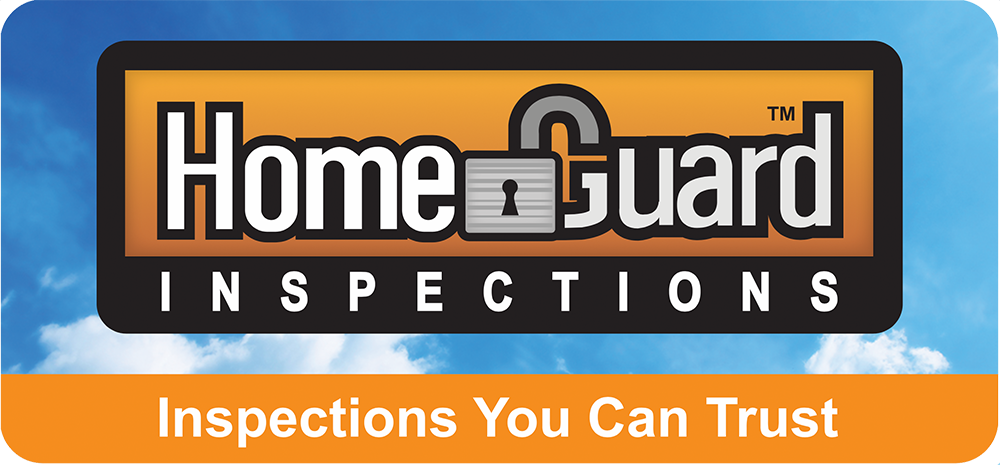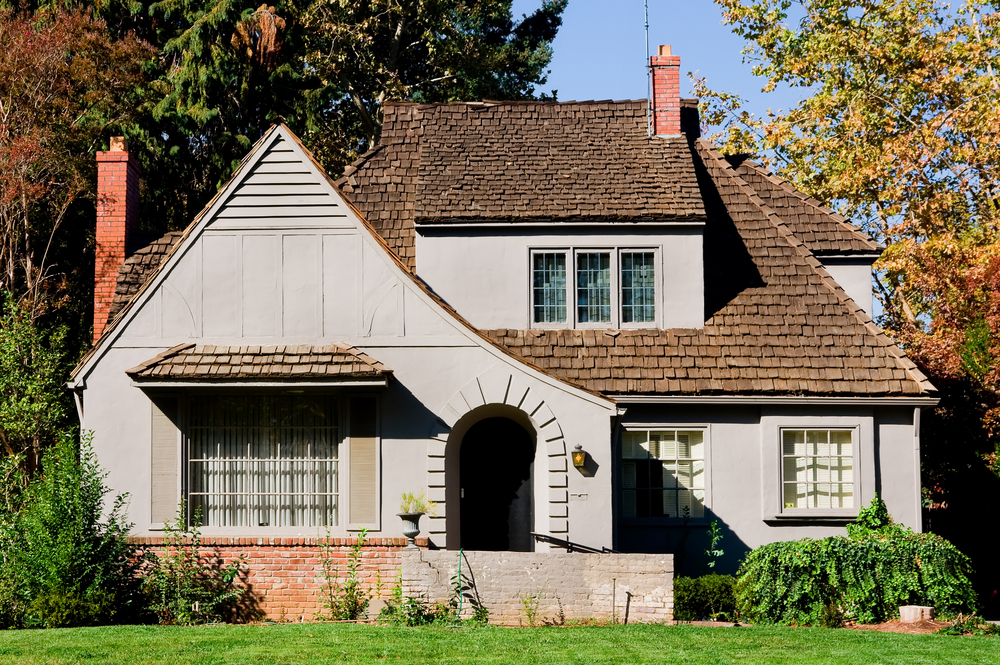Danger of Lead-Based Paint
Lead is a highly toxic metal found in paint that can cause irreversible damage to vital organs, including the brain, kidneys, nerves, and blood. Lead-based paint is not always included in a standard real estate transaction. Still, it becomes essential during renovation, repair, or painting projects that require work on ceilings, walls, baseboards, trim, windows, doors, or cabinets. These activities can disturb hidden layers of lead-based paint, significantly increasing the risk. Therefore, individuals planning substantial home renovations must assume that homes constructed before 1978 might have lead-based paint coatings, requiring precautions to ensure the safety of occupants and workers during the remodeling process.
Various Methods for Lead Testing
Several methods are available for lead testing, each designed to cater to specific circumstances. The most common options are surface swab testing, paint chip sampling, and XRF analysis. Surface swab testing involves wiping a designated area with a specialized swab, which is then analyzed for lead content. It is a fast and efficient way to assess the presence of lead without causing damage to surfaces. Paint chip sampling involves collecting small samples from surfaces of interest and subjecting them to laboratory analysis. This method provides precise information about the lead content within the paint but is more invasive than surface swab testing. XRF Analysis, also known as X-ray fluorescence (XRF) analysis, is a non-destructive technique that uses a handheld device to scan painted surfaces, providing immediate results regarding the presence and concentration of lead. It is particularly useful when a quick assessment is required, and no damage to the painted surfaces can be tolerated. The choice of testing method should be based on specific considerations, whether conducted during due diligence before purchasing the property or after acquiring the home in preparation for renovation projects.
Safeguarding Against Lead Exposure
In cases where you suspect or confirm the presence of lead in your home, avoiding any actions that might disturb the suspected lead-containing materials is vital. This precaution prevents the release of dust or aerosolized particles that pose significant health risks. However, if renovation, repair, or painting projects necessitate the disturbance of these materials, stringent measures should be considered. Always wear appropriate protective gear, including a mask, to prevent inhaling lead dust. Ensure the proper disposal of materials that contain lead to prevent environmental contamination. Take all necessary precautions to avoid contamination within your home during renovation or repair work. By diligently following these proactive measures, you can confidently address any lead-related concerns, prioritize your family’s safety, and ensure a healthy living environment.
Bringing It All Together
Purchasing a new home is an exciting journey but comes with responsibilities. Being aware of the potential presence of lead in homes built before 1978 is not just an option; it is a necessity. While lead testing may not always be a mandatory component of real estate transactions, it is paramount when renovation or painting projects are on the horizon. Various lead testing methods are available, each with its advantages. If you suspect the presence of lead, take every possible precaution to prevent dust release and contamination during remodeling. Prioritizing your family’s well-being ensures that your new home provides a safe and healthy living environment for years.
HomeGuard Inspections™ offers home and commercial property inspection services in Salt Lake City, from Ogden to Spanish Fork and Heber to Tooele. Contact us to request an inspection.

